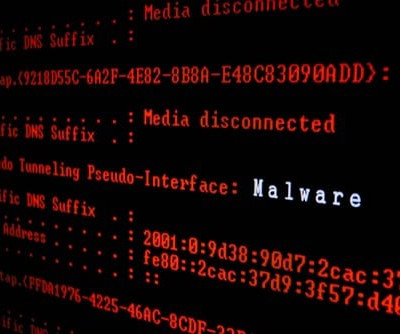Information Stealing Malware on the Rise, Uptycs Study Shows
SecureWorld News
JULY 27, 2023
Newly discovered stealer families include modules that specifically steal logs from MFA applications, like the Rhadamanthys malware. This demonstrates a focus on collecting data from multi-factor authentication tools. Stealer and log prices generally range between $200-300 a month, or around $1,000 for a lifetime subscription.














Let's personalize your content